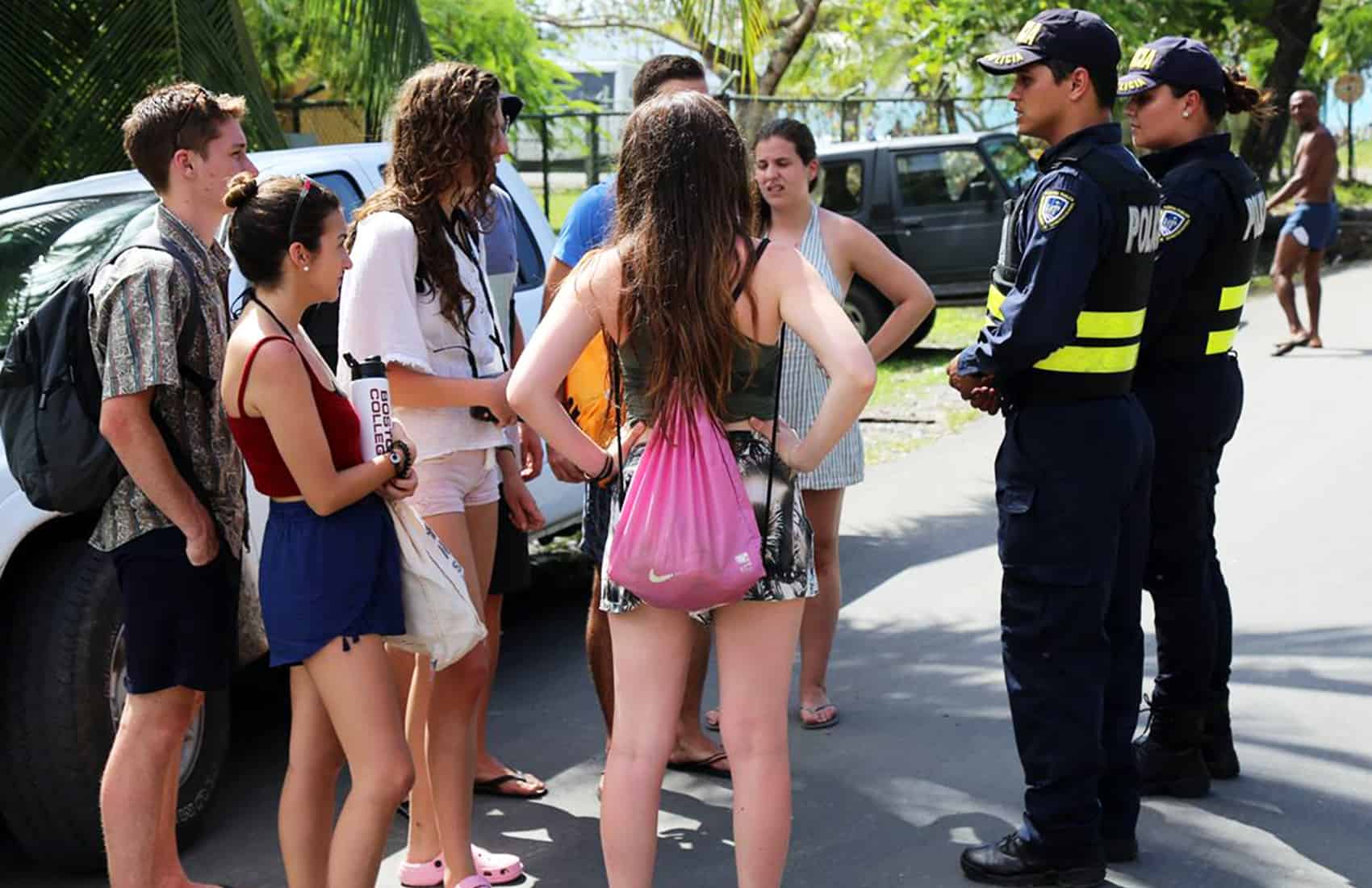Costa Rica is making a significant effort to ensure the safety of the millions of tourists visiting the country. One of the most recent contributions by the ICT is the allocation of ¢640 million for the construction of new police stations in Santa Teresa and Cahuita in the medium term. This budget was disbursed at the end of October last year, aiming to positively impact tourists and residents in the areas of Cóbano in Puntarenas and Cahuita in Limón.
Costa Rica currently has 294 active and deployed officers in the Tourist Police, whose objective is to guarantee the physical, patrimonial, and emotional safety of national and international tourists through the implementation of preventive measures. These measures include surveillance in recreational areas, raising awareness of potential risks, and collaborating with local authorities to ensure a safe and pleasant experience for travelers.
Along with training in sensitive areas, 240 officers also receive training in a second language. To date, this specialized unit has 55 officers bilingual in English, 5 in French, 3 who speak several languages, and 177 who have basic English training.
“The Tourist Police is a specialized unit that contributes to the security of domestic and foreign tourists who visit national parks, beaches, volcanoes, and all tourist sites in our country. We are a polyglot police force, facilitating information, communication, and orientation to all our tourists so that they have a safe visit,” explained Kattia Chavarría, director of the Tourist Police.
Between 2018 and 2023, the ICT and the MSP invested around $1 million through agreements to purchase equipment for the Tourist Police (vehicles, uniforms, equipment, radios, motorcycles), conduct safety training, and provide signage on beaches with the MOPT and the Red Cross. The Tourist Police also contribute to the protection of flora and fauna and maintain a presence in National Parks.
The ICT also maintains agreements with institutions such as the Red Cross and the Ministry of Public Works and Transportation (MOPT), investing more than $480,000 annually for prevention on beaches. The objective is to educate tourists about rip currents, a safety measure to avoid drowning or aquatic accidents, as well as to ensure the presence of certified lifeguards on the most visited beaches.






